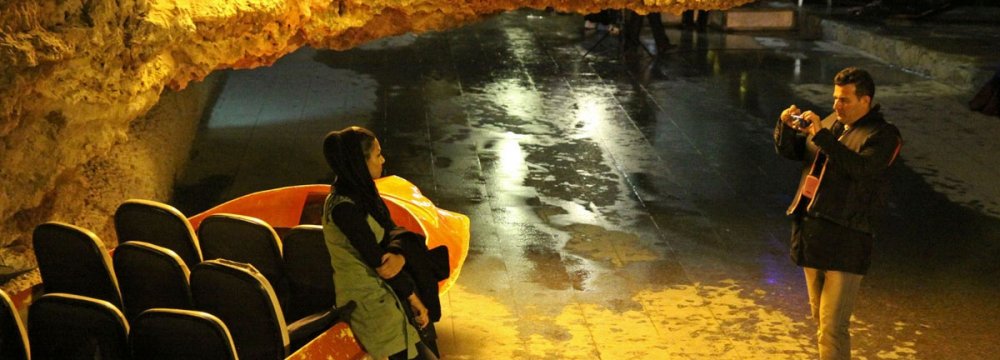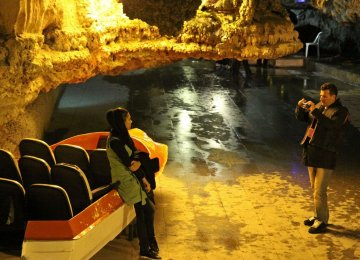A speleological working group at the Iranian Cave and Speleology Association has prepared a guideline that will limit human access to vulnerable natural sites to protect caves from harm by visitors.
Javad Nezam-Doust, a cave expert and former head of ICSA, lamented that state-run organizations and NGOs use their authority to exploit natural sites for tourism purposes at any cost.
“Therefore, to limit tourist access, lessen harms and prevent a likely tragedy in the precious natural areas, caves across the country have been graded to determine the amount of human interference,” Mehr News Agency quoted Nezam-Doust as saying.
The preparation of the guideline, which is based on international standards of speleology, took two years and was communicated to environmental administrations and related authorities.
Based on the directive, caves with prohibition on tourist entry are categorized as grade one. “This group of caves is solely reserved for scientific and speleological research,” the official said.
Respectively, grades two and three impose less strict limitation on the presence of visitors.
Grade four consists of caves with the least sensitive archeological and historical features, mostly restricted to simple karst structures. These caves could be freely used for tourism purposes.
The caves are graded on the basis of their age, archeological value and biodiversity.
The uncontrolled presence of tourists at natural sites could cause irreparable harms.
Nezam Doust noted that in cases where fresh water has stopped flowing into a cave, the remaining water is so contaminated that is not safe for any use.
Furthermore, paints and sprays used to show directions or leave a mark on the walls are among the most common damage inflicted on caves and rock shelters. The substances deface the natural beauty of rock surfaces and are detrimental to some creatures living inside the caves.
Nearby excavations and road constructions that create air and noise pollution are also harmful for caves.
Iran is home to numerous fascinating and age-old caves, like Kaldar and Mirmalas in Lorestan and Katalekhor in Zanjan Province.
Ali Sadr Cave, located in Iran’s Hamedan Province, is the world’s largest water cave and a unique natural phenomenon that attracts millions of visitors every year. However, the harmful effects of surging tourists have become a controversial topic.






Add new comment
Read our comment policy before posting your viewpoints